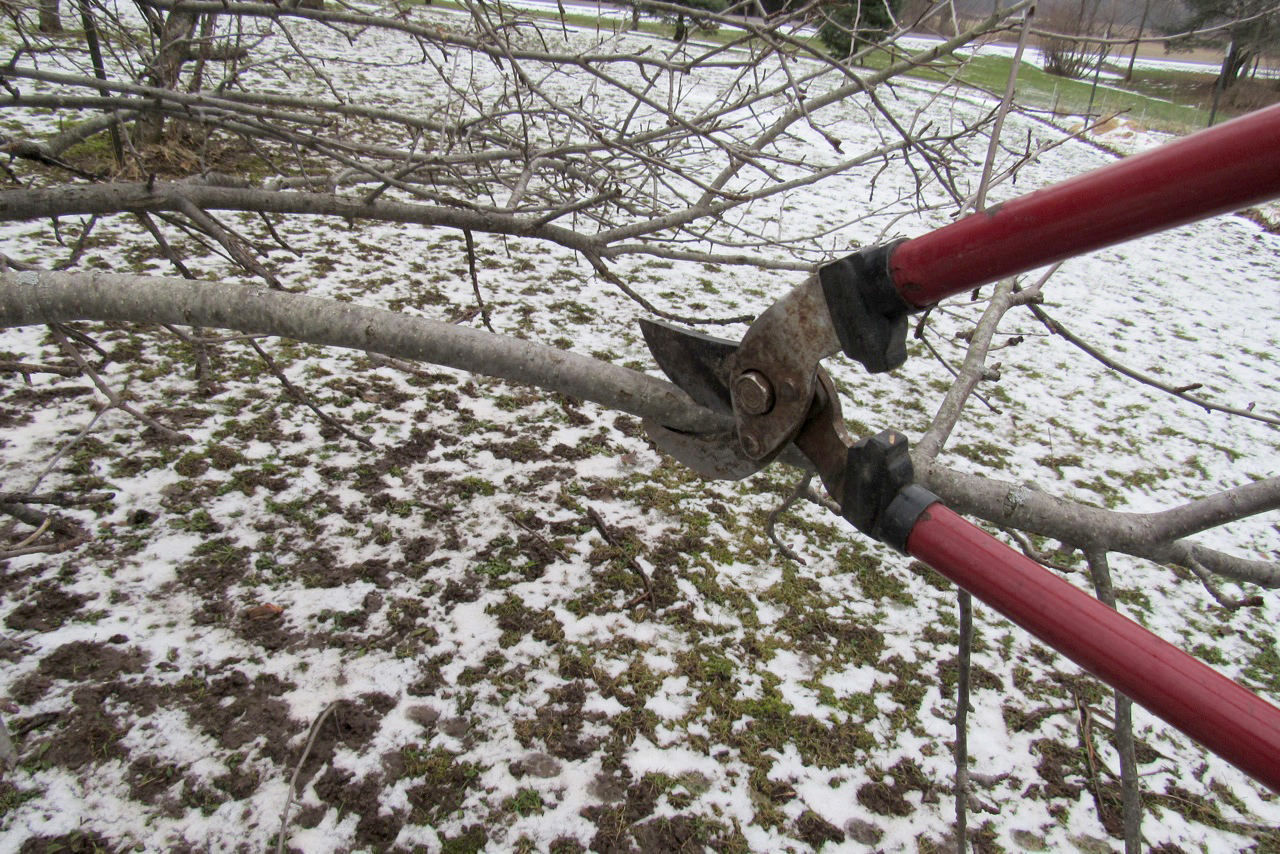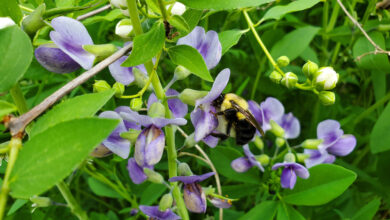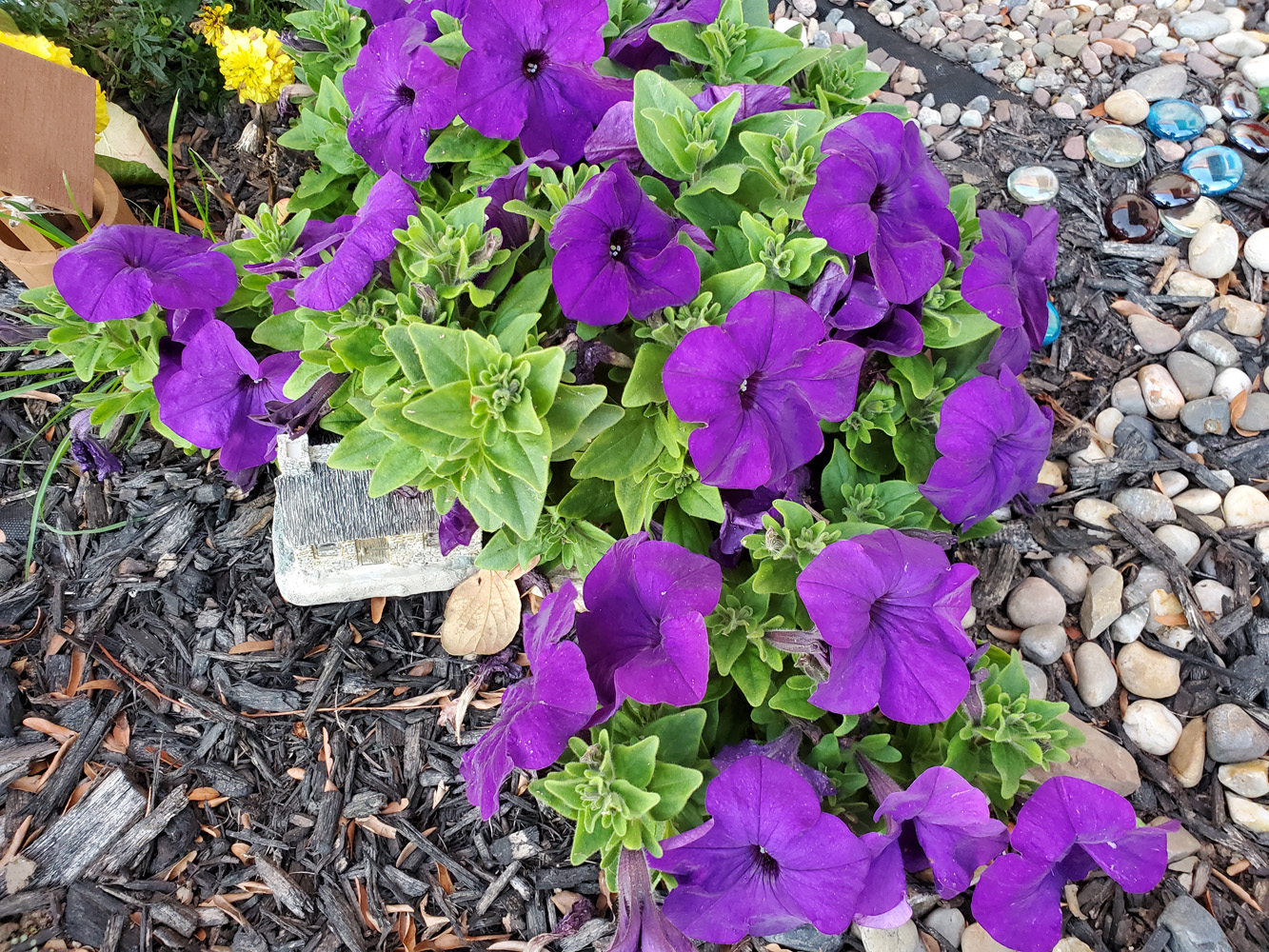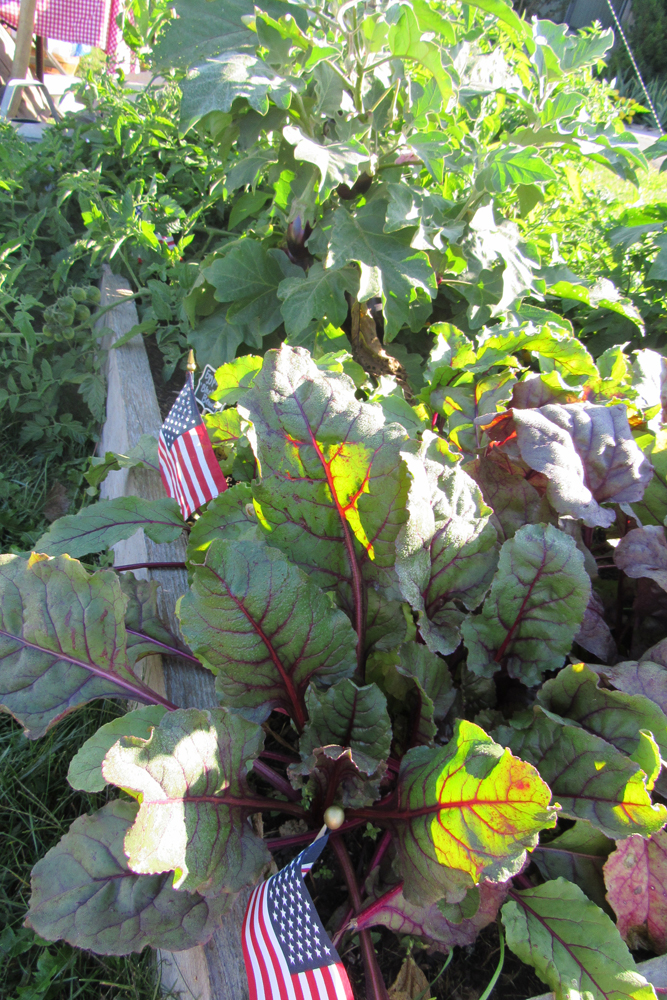Winter Pruning

Late winter is prime time for pruning around your yard and garden, particularly if your shrubs and trees need rejuvenating.
Yes, if you have spring-flowering shrubs, pruning now will reduce flowering, but if the structural effect of the shrub is the priority, now really is the best time.
Winter pruning has several advantages: it gives you the ability to see branch structure before leaves appear; the most rapid healing is achieved at this time of year; and pruning now means new growth has an entire growing season to mature before next winter.
According to the University of Minnesota Extension, there are many reasons for pruning. It promotes plant health by removing dead or dying branches injured by disease, severe insect infestations, and damage from animals or storms. Branches that rub together can be removed as well as branch stubs. Pruning also maintains plants by encouraging flower and fruit development. Dense hedges and desired plant forms or special garden forms also need pruning to maintain them.
Appearance is another important reason to prune. It allows you to control plant size and shape, keep shrubby evergreens proportioned and dense, and allows for removal of unwanted branches, waterspouts, suckers and undesirable fruiting structures that detract from overall appearance.
Experts warn to avoid topping trees. When large branches are removed, stubs left behind can make the tree vulnerable to several health problems. Topping also destroys the plant’s natural shape and can lead to suckering and development of weak branch structures, Minnesota Extension says.
If you would like to do some pruning in your yard, here are some tips from Cornell University Cooperative Extension in Nassau County.
For small and medium trees (large trees should be left to professionals), prune to remove structurally weak, dead, diseased or broken branches. Also remove branches which interfere with utility wires, sidewalks or roads.
When removing limbs with a diameter of greater than one inch – use the three-cut method to prevent tearing the bark. The first cut is on the underside of the branch, about 18 inches from the trunk, one-third to one-half way through the branch. The next cut is an inch farther out on the branch, cutting until it breaks free. The final cut is near the branch collar at the base of the branch. Prune just beyond the branch collar, but do not leave a stub. Leaving the branch collar intact allows for the wound to seal more effectively. It is not necessary to treat the wound with tree paint.
If you are pruning any diseased material, keep your tools disinfected by dipping them in 70 percent denatured alcohol or a solution of nine parts water and one part bleach as you work.
Do not shear flowering shrubs, but rather remove older, less productive and dead branches from the base. To rejuvenate, completely cut back all canes to within six inches of the ground; or, remove over 50 percent of the branches at the base at one time; or, remove one-third of the oldest stems at a time over a period of three years.
Evergreens such as pine, fir and spruce do not require much pruning when they have been planted in the right locations. Density can be influenced by nipping the terminal shoots. Cut back individual twigs on spruce and fir to where side buds are visible in early spring. For pines, pinch back new candles to half their length in May or June when the candles are about two inches long.
Evergreen shrubs such as arborvitae benefit from light pruning during the summer, by cutting individual branch parts back to a branch fork or other lateral. Taxus (yew) can be cut back hard in early spring if it is overgrown but healthy.
Broad-leafed evergreens such as holly and Rhododendron rarely require pruning. Let them grow naturally and remove only dead, diseased or non-productive branches. It is possible to rejuvenate them in the same way as Taxus.
Finally, for shearing of formal hedges, shear annually so that they are broader at the bottom than on top. This ensures lower branches get maximum light. Late winter is a good time to shear and then again if necessary in late June or early July.
Photo by K. Gabalski




